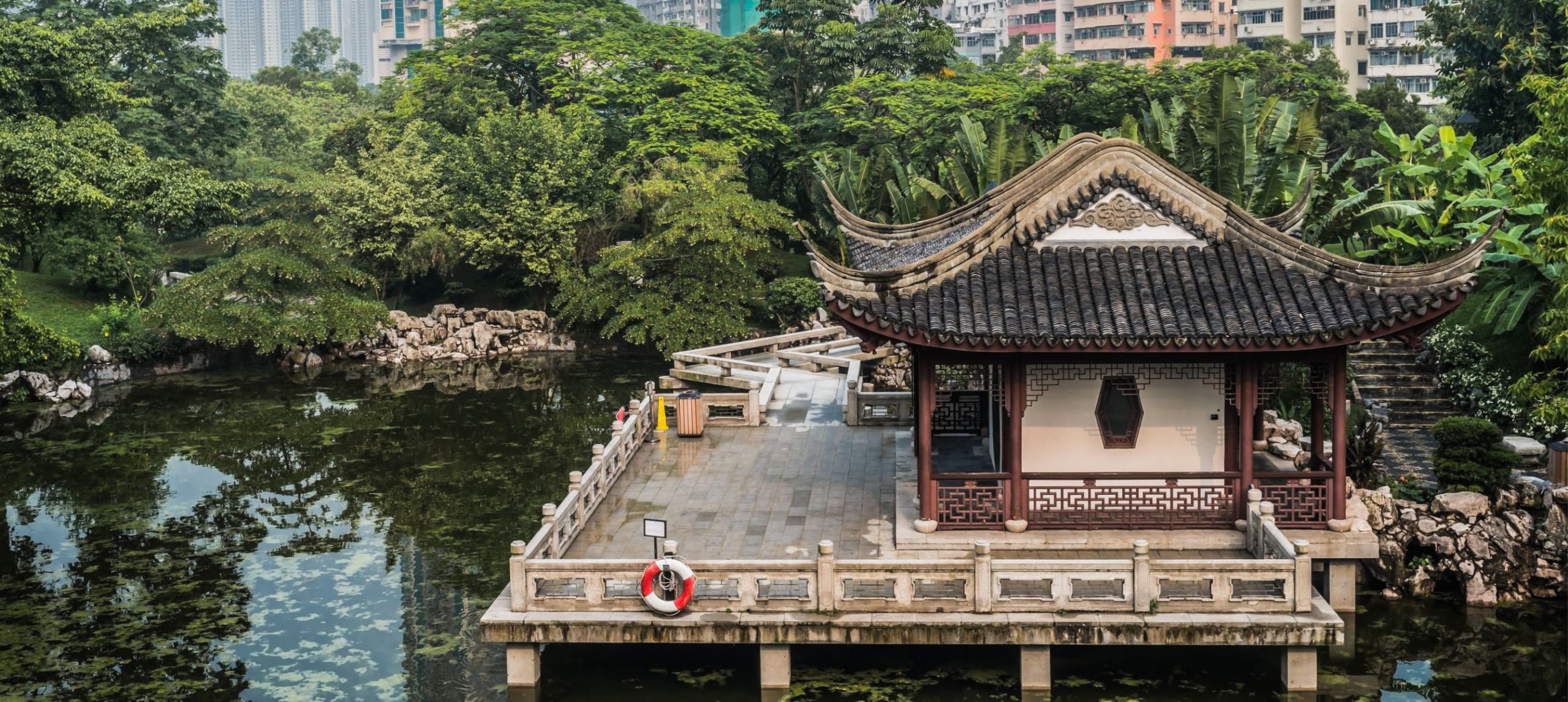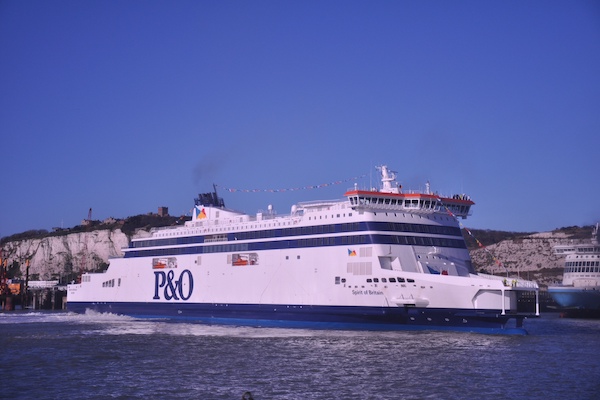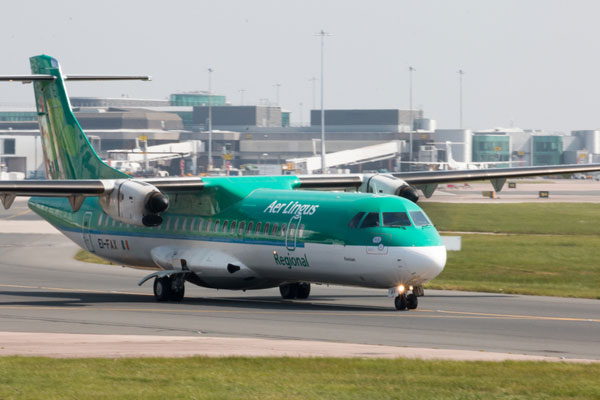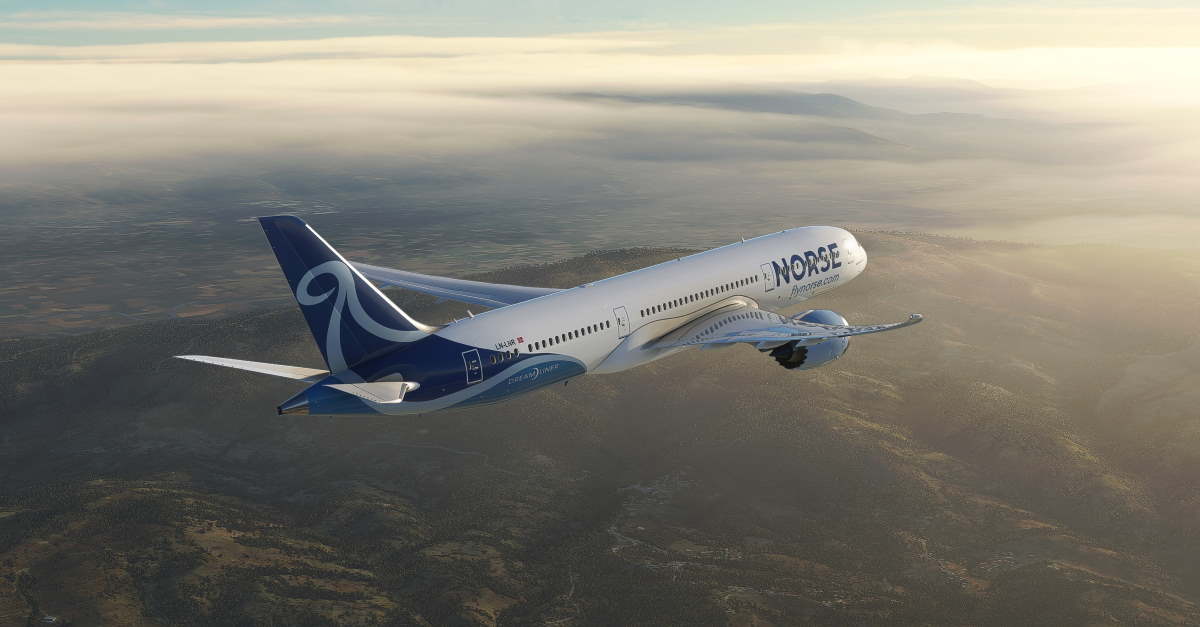9 Must-Visit Historical Attractions in Hong Kong
Hong Kong is a treasure trove for history buffs, and around every corner of the city, there are precious remnants of the past, just waiting to be discovered. There’s the Kowloon Walled City Park, a former 15th-century military stronghold,...

Hong Kong is a treasure trove for history buffs, and around every corner of the city, there are precious remnants of the past, just waiting to be discovered. There’s the Kowloon Walled City Park, a former 15th-century military stronghold, the alluring Chi Lin Nunnery, built in the 1930s as a retreat for Buddhist nuns, and Murray House, the city’s oldest surviving public building, to name a few.
Filled with fascinating historic places, Hong Kong is guaranteed to provide visitors and locals alike with a thrilling journey back in time.
Eager to delve deep into Hong Kong’s history? Then here’s a lowdown on the 9 most amazing historical landmarks that are worth visiting at least once in the city. Have a look!
Find Places To Stay In Hong Kong
Top 9 Historical Places in Hong Kong Island
Victoria Peak

As early as the 19th century, Victoria Peak (aka Mount Austin) has been one of the most sought-after locations in Hong Kong. Perfectly nestled in the western half of Hong Kong, at an elevation of 1,811 ft, it is the highest hill on the island. During the 1800s, it attracted prominent European residents because of its gorgeous views of the Hong Kong Skyline, and its temperate climate.
Most of the hill is covered by a large park with lush greenery, and nature trails, making it one of the top outdoor attractions in Hong Kong. To reach the peak, which is a popular attraction in Hong Kong, visitors can either hike uphill from Central or From Aberdeen or even better, take the historic funicular railway known as the Peak Tram. The team, which rises about 1,300 feet above sea level, provides passengers with a one-of-a-kind ride — it is so steep that the buildings you pass look like they are leaning on a gradient of between 4 to 25.7 degrees.
Address: Central and Western District, Hong Kong Island
Tian Tan Buddha

The Tian Tan Buddha is a real feast for the eyes. Located at Ngong Ping, Lantau Island, this colossal statue rests majestically high up on a hilltop facing the dreamy Po Lin Monastery. Thanks to its massive size — the statue is 112 ft tall, weighs over 280 short tons, and was constructed from 202 bronze pieces —, the figure is also known as “Big Buddha”.
The Big Buddha’s construction began in 1990 and was completed in December 1993, which the Chinese reckon as the day of the Buddha’s enlightenment. When this beautiful statue was finished, monks from around the world were invited to the opening ceremony.
Address: Ngong Ping Rd, Lantau Island, Hong Kong
Wong Tai Sin Temple

Tucked away from Hong Kong’s busy city center, The Wong Tai Sin Temple will captivate your senses with its relaxing smell of burning incense, traditional Chinese architecture with red pillars, bronze zodiac statues, and beautiful ornaments.
The temple is located on the southern side of Lion Rock in the north of Kowloon, and it’s dedicated to Wong Tai Sin or the Great Immortal Wong. Its Taoist architecture reflects the significance and teachings of Taoism, and the buildings contain the five elements in Chinese Fengshui culture — the Bronze Pavilion represents “Metal”, Scripture Hall represents “Wood”, Yuk Yik Fountain represents “Water”, Yue Heung Pavilion represents “Fire” and Earth Wall represents “Earth”.
Address: Hong Kong, Chuk Un, 竹園村二號
Man Mo Temple

Located on Hollywood Road in Sheung Wan, Man Mo Temple is one of the oldest temples in Hong Kong. It is dedicated to the King Emperor Man and Holy King Emperor Kwan, two deities that were popularly patronized by scholars and students seeking progress in their study or ranking in the civil examinations in the Ming and Qing dynasties.
Built between 1847 and 1862, the temple is actually part of a complex that comprises three adjacent blocks: Man Mo Temple, Lit Shing Temple, and Kung So. Considered a fine example of Qing dynasty architecture, the temple was given Grade 1 status as a historic building in 1994 and officially declared a monument in 2010. Its double-eave, green tiled rooftop, and courtyard layout are a sight to behold!
Address: Man Mo Temple, Hollywood Rd, Sheung Wan, Hong Kong
Recommended Read: The 8 Most Famous Art And Culture Attractions In Hong Kong
Kowloon Walled City Park

History buffs visiting Hong Kong can’t pass up the chance to visit the Kowloon Walled City Park. Now a beautiful garden, the site was a military stronghold in the 15th century thanks to its coastal location, and a Chinese garrison that became an enclave for fugitives and criminal gangs through the 20th century.
The Kowloon Walled City was demolished in the 1990s, and transformed into a park for nearby residents. However, the site still preserves interesting artifacts from the former Kowloon Walled City, including The Yamen, the only remaining old Qing building, artifacts dating from the Qing Dynasty period, and remnants of the south gate — all declared Hong Kong Monuments in 1996.
Address: Kowloon City, Hong Kong
Chi Lin Nunnery

The Chi Lin Nunnery is a large Buddhist temple located in Diamond Hill in east Kowloon. This alluring temple dates to the 1930s as a retreat for Buddhist nuns but was rebuilt in the 1990s in the traditional Tang Dynasty style.
Aside from its serene and restoring atmosphere, the temple is also known for its dazzling beauty. It’s the world’s largest hand-made wooden building, and it was constructed based on traditional Chinese architectural techniques. Covering over 360,000 square feet, the Chi Lin Nunnery is beautifully decorated with dreamy statues of the Sakyamuni Buddha, the goddess of mercy Guanyin, and other bodhisattvas, all made from gold, clay, wood, and stone.
Address: Chi Lin Nunnery, 5 Chi Lin Dr, Sheung Yuen Leng, Hong Kong
Wan Chai Blue House

Want to get a taste of old Hong Kong? Then be sure to visit the Wan Chai Blue House. Named for the vibrant blue shade of its external walls, the construction is one of the few remaining examples of the “ tong lau” balcony type in Hong Kong, a style of residential building notable for balconies that were built in the late 19th century in southern China.
Located on Stone Nullah Lane in the city’s Wan Chai area, the building was acquired by the government in the 1970s, and thanks to its significance, it’s been listed as a Grade I historic building. It’s home to the “Hong Kong House of Stories”, which hosts events and exhibitions centered around various aspects of Hong Kong’s history and development.
Address: Hong Kong, Wan Chai, Stone Nullah Ln, 72A 號街 4 號地舖地舖及慶雲
Clock Tower

Located on the Southwestern tip of Tsim Sha Tsui, at the entrance of the Hong Kong Cultural Centre, the Clock Tower is a must-visit Hong Kong landmark. The tower was erected in 1915 as part of the Kowloon–Canton Railway terminus, and while the station no longer exists, the red brick and granite tower remains.
Standing 144 ft tall, the tower was listed as a Declared Monument, and it’s considered one of the most important remains of Colonial Hong Kong.
Only 100 meters away from the Clock Tower lies another renowned monument, the “Time Ball Tower”, which is located within the 1881 Heritage complex that used to be the Marine Police Headquarters.
Address: 10 Salisbury Rd, Tsim Sha Tsui, Hong Kong
Murray House

Originally constructed in 1844 in Central Hong Kong, the Murray house is one of the city’s oldest surviving public buildings. This Victorian-era building was used as the officers’ quarters of the Murray Barrack during the early years of British rule, and during the 44-month Japanese occupation of Hong Kong, it was turned into a command center by the Japanese military police. After World War II, several government departments used the building as offices, including the Rating and Valuation Department.
The Murray House was also used as the execution place for some Chinese citizens starting in 1965, and for years it was believed to be haunted. In fact, the house was exorcised twice — in 1963, and in 1974.
In 1982, the historical landmark was dismantled, and in 1990 reassembled in Stanley. Today, Murray House plays host to restaurants on the first floor, some offering spectacular views across the bay.
Address: Murray House, 96 Stanley Main St, Stanley, Hong Kong
FAQ
What are Hong Kong’s top historical landmarks?
The top 9 historic landmarks in Hong Kong are:
Victoria Peak;Tian Tan Buddha;Wong Tai Sin Temple;Man Mo Temple;Kowloon Walled City Park;Chi Lin Nunnery;Wan Chai Blue House;Clock Tower;Murray House.What is Hong Kong known for around the world?
Hong Kong is a bustling metropolis known for its luxury shopping spots, majestic skyline, temples, shrines, and monasteries.
What is the best time for visiting Hong Kong?
Hong Kong Island is a year-round destination thanks to its subtropical location. Summers, though, can be extremely hot and humid, and during the Spring (in September), it’s typhoon season in the city. So the best time to visit Hong Kong is from October to early December.
What is the oldest building in Hong Kong?
Believed to be a tomb built in the Eastern Han Dynasty (AD 25-220), Lei Cheng Uk Han Tomb is the oldest structure in Hong Kong.
What are Hong Kong’s top attractions?
The top attractions in Hong Kong are:
Victoria Peak (Mount Austin);Victoria Harbour;Hong Kong Central neighborhood;Man Mo Temple;Lantau Island;The Star Ferry;Disneyland Hong Kong;Ocean Park.CuddlyNest provides all accommodations to all travelers at the best price. Find unlimited travel inspiration on our blogs and our social media channels Facebook, Instagram, and Pinterest.
You May Also Like:
The 6 Best Night Clubs In Hong Kong
A Guide To The Best Wineries In Hong Kong
A Guide To The Best Shopping In Hong Kong
The 6 Best Beaches In Hong Kong
The 5 Best Amusement Parks In Hong Kong
The Best 5-Star Hotels In Hong Kong
The Best Time To Visit Hong Kong
10 Best Restaurants In Hong Kong
The 6 Best Night Clubs In Hong Kong
Top 14 Kid-Friendly Attractions in Hong Kong

 Tekef
Tekef 































